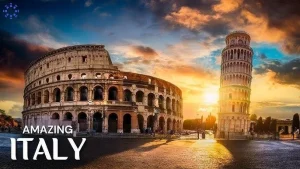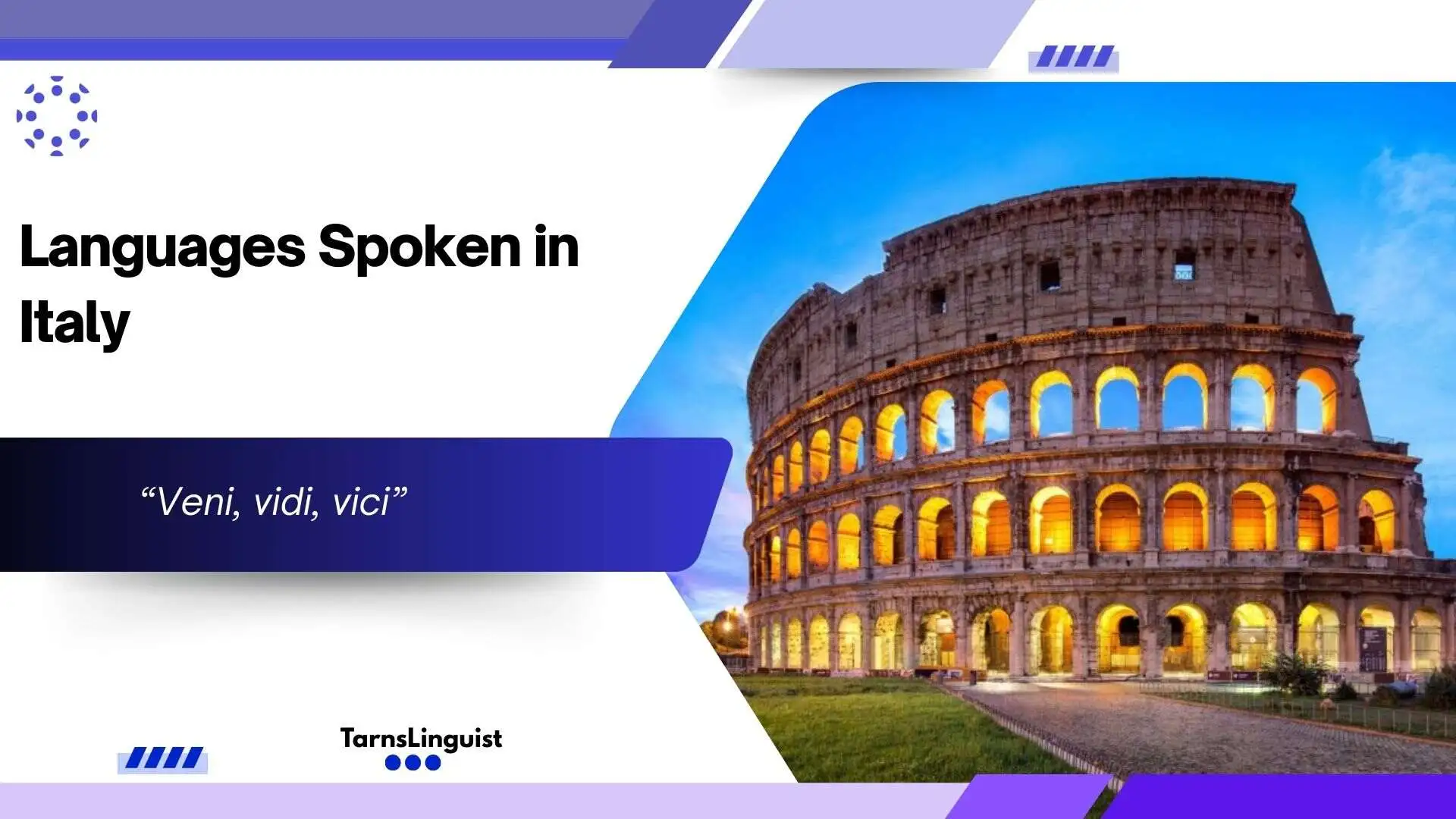Italy is celebrated for its art, history, and cuisine, but its linguistic diversity, the fascinating array of Languages Spoken in Italy, is equally compelling. Let’s explore the languages that make up Italy’s rich cultural tapestry.
What Is the National Language of Italy?
Italian is the national language, spoken by the majority and used in government, education, and media.
- Origins: It evolved from Latin and was standardized through the Tuscan dialect, influenced by Dante Alighieri’s The Divine Comedy.
- Global Reach: Approximately 85 million people worldwide speak Italian.
What Language Does Italy Mostly Speak?
Italy primarily speaks Italian, the nation’s official and most widely used language. Spoken by over 90% of the population, Italian serves as the cornerstone of communication in education, government, and media. Its standardized form traces back to the Tuscan dialect, which gained prominence during the Renaissance due to writers like Dante Alighieri. Beyond its official status, Italian unifies a country rich in regional dialects, ensuring cultural continuity while celebrating linguistic diversity.
Top Three Languages of Italy
The top three languages spoken in Italy are:
- Italian: The official language, spoken nationwide.
- Sicilian and Neapolitan: Regional languages with millions of speakers, reflecting Italy’s historical and cultural complexity.
- English: Popular as a second language, especially among younger Italians and in urban areas due to its global utility.
These languages highlight Italy’s unique blend of tradition and modernity. While Italian dominates, regional dialects add cultural depth, and English connects Italians to the world.
What Are the Regional Dialects in Italy?
Italy’s regional dialects showcase its diverse history before unification. Key dialects include:
- Neapolitan (Campania)
- Sicilian (Sicily, with Arabic, Greek, and Norman influences)
- Venetian (Veneto)
- Romanesco (Rome)
Discover how we preserve the essence of regional dialects through our cultural Localization Solutions.

Which Minority Languages Are Spoken in Italy?
Italy officially recognizes several minority languages, such as:
- Sardinian: Spoken by 1.5 million people in Sardinia, closely tied to Latin.
- Friulian: Part of the Rhaeto-Romance family, spoken by 600,000 in Friuli Venezia Giulia.
- Ladin: Spoken by 30,000 in the Dolomite region.
- Arbëresh: An Albanian dialect preserved in southern Italy since the 15th century.
What Are the Endangered Languages of Italy?
Several Italian languages are at risk of extinction:
- Vastese (Abruzzo): Spoken mainly by elderly residents.
- Molise Croatian: Fewer than 1,000 speakers remain in Campobasso.
- Griko (Calabria/Salento): Rooted in Ancient Greek and tied to Magna Graecia’s heritage.
Learn about our tailored Translation Services for regional languages.
What Foreign Languages Are Commonly Spoken in Italy?
Globalization has introduced new languages:
- English: Widely taught and used in tourism and business.
- Romanian: Spoken by over 1 million immigrants, sharing Latin roots with Italian.
- Arabic: Common in North African immigrant communities.
If you need expert multilingual support, check out our Multilingual SEO Services for effective global communication.
How Is Italy Preserving Its Linguistic Heritage?
Efforts include bilingual education and legal protections for minority languages. Despite this, younger generations are shifting towards standard Italian, posing a challenge to preserving regional and minority languages.
See how we support these initiatives through our Educational Localization Services.
Conclusion
Italy’s linguistic diversity—from Italian to regional and minority languages—reflects its rich cultural heritage. Protecting these languages ensures future generations can celebrate Italy’s vibrant history.
Unlock your communication potential with our Comprehensive Language Solutions.



